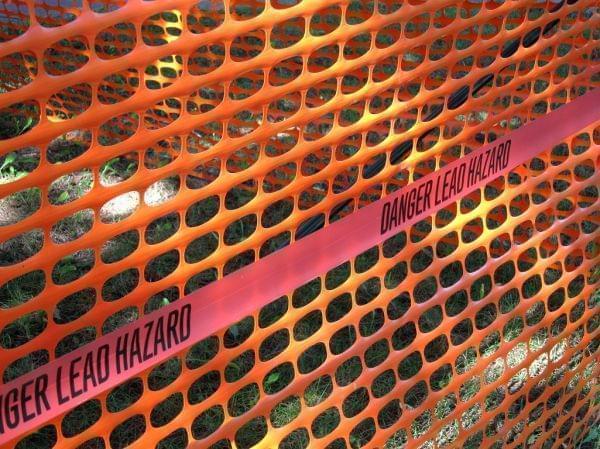State Agency Proposes Changes To Reduce Children’s Exposure To Lead

atomicity/flickr (CC BY-NC-ND 2.0)
The Illinois Department of Public Health announced a change this week that will allow children to get help sooner after being exposed to lead.
Currently in Illinois, any child with a blood lead level of 10 micrograms per deciliter receives a home visit from a public health nurse to educate the family on how to minimize exposure to lead.
The new rule would cut that level in half to be in line with the reference level of five micrograms per deciliter used by the Centers for Disease Control and Prevention to identify children who’ve been exposed to lead.
Brandon Meline, the Director of Maternal and Child Health at the Champaign-Urbana Public Health District, said the change will enable children exposed to lead to get help sooner, which should reduce the negative health effects.
“We’re most concerned about infants and young children who are still in the process of cognitive development,” Meline said.
Even low levels of lead in blood can contribute to learning disabilities, developmental delays, and behavioral problems. And the health effects of lead exposure cannot be entirely reversed.
Meline said the most common way kids get exposed to lead is through the environment, such as dust from lead-based paint in old homes.
“Toddlers are notorious for putting things in their mouths, including their fingers and toys and things like that,” he said. “Making sure the environment is cleaned up and any lead sources mitigated so that we’re not giving the toddler an environment where they’re getting lead dust on their hands and putting it in their mouths.”
Meline said he’s glad the state will provide funding to local health departments to help more families reduce their children’s exposure to lead.
The state’s public health department said in a news release that Illinois has one of the highest rates of childhood lead poisoning in the nation, with roughly 7,000 out of 229,000 children tested in 2017 having blood lead levels at or above five micrograms per deciliter.
The proposed rules also increase enforcement authority for violations of lead poisoning laws, including property owners who fail to perform lead remediation on a property where children with elevated blood levels live. The new rules also increase the maximum fine for violators.
The proposed changes await approval from the Joint Committee on Administrative Rules, the legislature’s bipartisan oversight committee.
Other state efforts to reduce childhood exposure to lead include passage of legislation requiring schools and daycares to sample for lead contamination in water, the appropriation of $15 million in the budget for a program that will remove sources of lead exposure from the homes of children with elevated blood lead levels, and $50 million in state funds for K-12 schools to mitigate sources of lead.
Follow Christine on Twitter: @CTHerman

